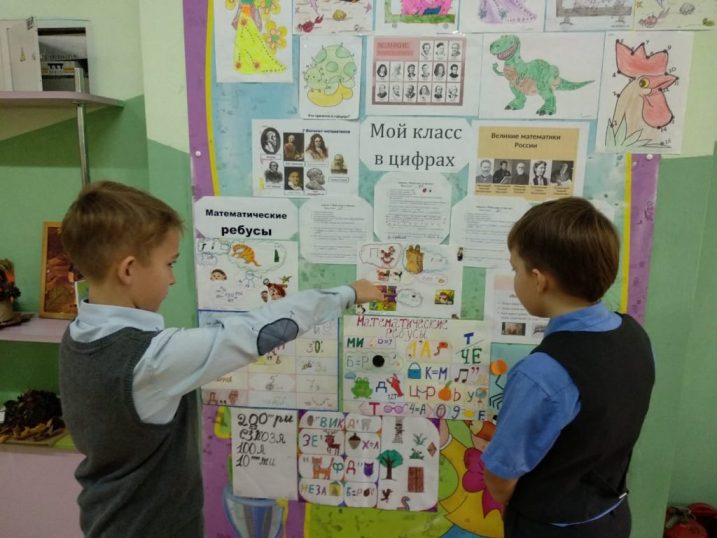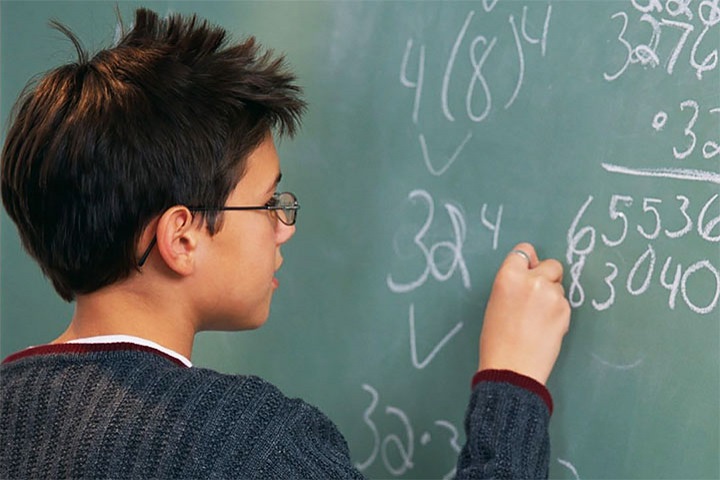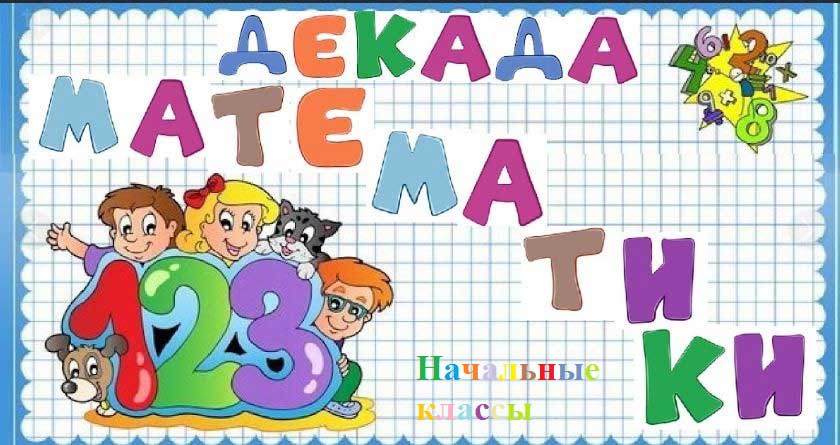Teaching primary school students will be successful if the teacher has the skills that follow from psychological and pedagogical knowledge about the features of attention. Usually, an ordinary teacher uses the technique of setting attention when he says: “Be attentive.” This setting is designed for children’s voluntary attention and requires some volitional effort from them, so they quickly get tired and distracted. This setting only works for a short time. If the teacher starts asking the student who is currently distracted, then, of course, he cannot answer. The teacher starts making a remark to the student, reproaches him. This leads to an increase in mental stress, causes negative emotions in the student. How to avoid this?
Psychology has established a pattern: students’ attention is activated if mental activity is accompanied by motor activity, and the objects the student operates with are perceived visually. Attention is also supported by: novelty, intensity, unexpectedness of the appearance of stimuli and their contrast; positive emotions; anticipation of an expected event.

For example, in a math lesson during oral arithmetic, the teacher uses: cards with mathematical expressions, mathematical dictations, “traffic lights” for control, game situations. These various techniques allow organizing educational activities based on post-arbitrary attention, i.e. in accordance with the set goal, but without volitional efforts. The teacher should have many such techniques in his arsenal. But if in some cases they prove insufficient, then pedagogical measures should be used.
For example, an inattentive student can be involved in monitoring the correctness of other students’ assignments, helping the teacher distribute cards with individual assignments, etc. Such trust in the student allows him to be included in the work and experience positive emotions.






